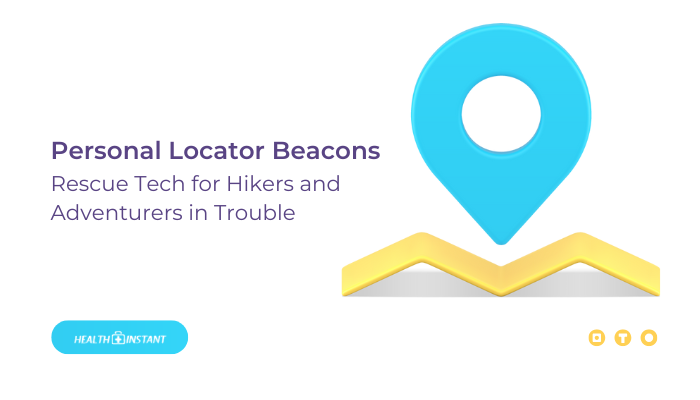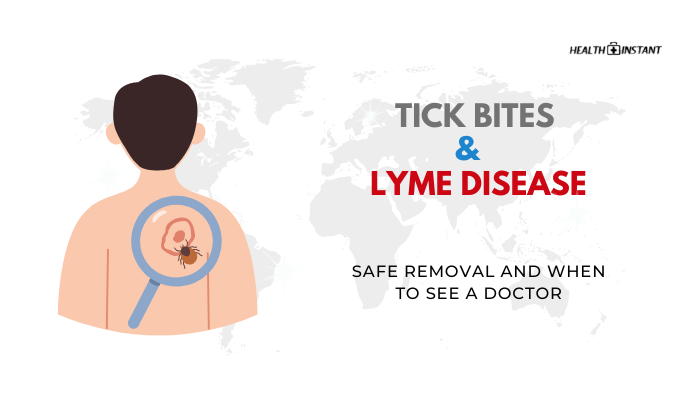Introduction
Outdoor enthusiasts—from backcountry skiers to solo hikers—may wander far beyond cellphone coverage. If accidents or sudden medical crises happen in these remote areas, conventional methods to call for help become unfeasible.
Personal locator beacons (PLBs) bridge that gap, allowing adventurers in distress to send an emergency signal to search and rescue (SAR) units. This guide explains the fundamentals of PLBs, how to choose one, and how they work in life-threatening scenarios.
What Are Personal Locator Beacons (PLBs)?
PLBs are compact, handheld devices designed to broadcast a distress signal via satellite networks—most commonly on the 406 MHz frequency used internationally for search and rescue. They’re not meant for casual chat or texting but purely as an SOS function. By linking to a global satellite system, PLBs guide rescue teams to your exact location, drastically reducing the time you spend in danger.
Key Components and Features
Emergency Transmit Signal
- 406 MHz Frequency
- International standard for distress beacons that is monitored by SAR authorities worldwide.
- International standard for distress beacons that is monitored by SAR authorities worldwide.
- Homeland Usage
- Some PLBs also have a lower-power “homing signal” on 121.5 MHz for local rescue units or aircraft to pinpoint you once they’re close.
GPS Integration
- Embedded GPS
- Many modern PLBs include built-in GPS receivers, allowing them to send precise coordinates.
- Many modern PLBs include built-in GPS receivers, allowing them to send precise coordinates.
- Location Accuracy
- Depending on the device, accuracy can be within a few meters, drastically speeding rescue efforts.
Battery Life and Durability
- High-Capacity Batteries
- Typically last several years in standby mode, with enough power for continuous transmission (often 24+ hours) once activated.
- Typically last several years in standby mode, with enough power for continuous transmission (often 24+ hours) once activated.
- Rugged Enclosure
- Water-resistant or waterproof, shockproof shells stand up to harsh environments.
How PLBs Work in Emergencies
Activation Process
- Manually Triggered
- In an emergency, you flip a switch or remove a protective cover to press an SOS button.
- In an emergency, you flip a switch or remove a protective cover to press an SOS button.
- Transmission Begins
- The PLB starts sending out the distress signal to satellites overhead.
Alerting SAR Teams
- Satellite Relay
- The signal is relayed to an earth station, which routes your location and ID to local rescue coordination centers.
- The signal is relayed to an earth station, which routes your location and ID to local rescue coordination centers.
- Search and Rescue Dispatch
- Once authorized, SAR teams mobilize using the beacon’s GPS data.
Choosing the Right PLB
Size and Weight Considerations
- Compact vs. Bulk
- Some come in ultra-compact designs that easily fit in pockets; others might be larger but have extended battery life or advanced features.
- Some come in ultra-compact designs that easily fit in pockets; others might be larger but have extended battery life or advanced features.
Signal Frequency and Range
- Global Coverage
- Ensure the device meets Cospas-Sarsat specifications for truly international coverage.
- Ensure the device meets Cospas-Sarsat specifications for truly international coverage.
- Additional Features
- Some have integrated strobe lights or text-based messaging, but that might come with alternative subscription fees.
- Some have integrated strobe lights or text-based messaging, but that might come with alternative subscription fees.
Registration Requirements
- Mandatory Registration
- In many countries, you must register your PLB with an authority like NOAA (in the U.S.). This links your beacon’s unique ID to your personal info for faster rescue.
PLB vs. Other Satellite Communication Devices
- SPOT Devices or Satellite Messengers
- Usually require subscription, allow two-way messaging, but might not have the same reliability or coverage as PLBs.
- Usually require subscription, allow two-way messaging, but might not have the same reliability or coverage as PLBs.
- Satellite Phones
- Provide real-time communication but can be pricier or heavier; also reliant on environment factors for signal.
- Provide real-time communication but can be pricier or heavier; also reliant on environment factors for signal.
- PLBs
- Typically no monthly fees, straightforward single-purpose design for emergency only.
Safe and Responsible Use of PLBs
- Deploy Only in True Emergency
- Unnecessary or accidental activations tie up resources and can compromise real cases.
- Unnecessary or accidental activations tie up resources and can compromise real cases.
- Test Regularly
- Some PLBs have self-test modes—perform these as recommended, but avoid transmitting a real distress signal.
- Some PLBs have self-test modes—perform these as recommended, but avoid transmitting a real distress signal.
- Maintain Registration
- Update if your contact info changes.
Success Stories and Real-World Examples
- Solo Hiker Rescued in Alaska
- Activated PLB after a fall, guiding a helicopter to her exact location.
- Sailing Incidents
- Boat sinking mid-ocean triggers a PLB alarm; rescue arrives in hours, not days.
- Adventure Athletes
- Mountain climbers or desert trekkers rely on PLBs for peace of mind in extreme environments.
Each real rescue underscores PLBs’ reliability and life-saving potential.
Conclusion
For explorers heading off-grid, personal locator beacons can mean the difference between a minor mishap and a dire crisis. By bridging communications gaps in remote regions or chaotic weather, PLBs deliver immediate location data to search and rescue agencies.
When selecting a unit, weigh battery life, GPS accuracy, and compliance with recognized protocols, and remember to use it responsibly. With the right gear and an understanding of how it works, hikers, sailors, and adventurers can push their boundaries while ensuring they have a safety net if things go wrong.
References
- National Oceanic and Atmospheric Administration (NOAA). (2021). Personal locator beacons FAQ.
- International Cospas-Sarsat Programme. (2020). Beacon basics and global coverage.
- U.S. Coast Guard. (2019). Recommendations for emergency beacons in maritime activities.
- American Hiking Society. (2018). Gear guide: PLB and satellite messengers.
Disclaimer: This content is informational and does not replace professional rescue protocols. Always follow official guidance, manufacturer instructions, and local regulations for PLB use and registration.






